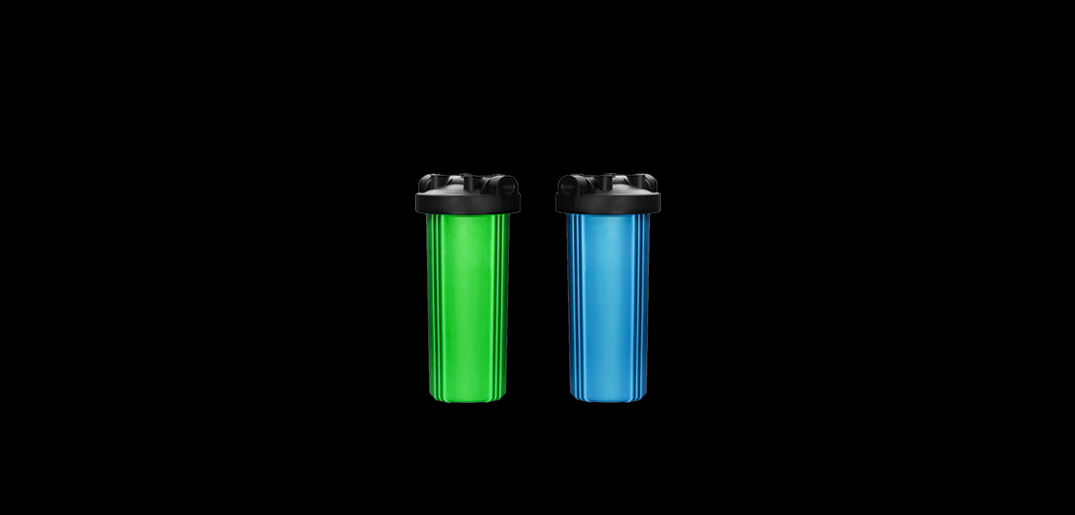It is absolutely essential for pond fish to have access to a high quality filtration unit that allows waste material within the water to be removed. However, these filtration units have to be cleaned every now and then, otherwise they will become subject to clogging or even damage. Below are some tips for cleaning your pond filters the right way.
Why Does Clogging Occur?
A filter box must utilize multiple layers of mechanical based media so that clogging is minimized and debris is efficiently removed, but sometimes the filter is not large enough to handle the waste and bio-load levels of a given pond. This is bad news for your koi, as ammonia levels within their water can reach dangerous levels. Therefore, it is important to ensure that the filter box you’re using is sufficiently large for the pond.
Can Tap Water Be Used For Cleaning?
Yes, tap water can be used to cleanse mechanical media, and more layers are always better as far as filtration is concerned. Mechanical media is just another word for filter pads or sponges, and these can be cleaned with garden hose water. What usually happens with multiple media layers is that the pads which are finer in texture will be the first to clog, and must be cleaned most thoroughly. Any filter media which has high porosity means that a larger selection of particles will build up on it, making it dirtier in comparison to others.
When cleaning it is best to do so manually and any smaller particles should be squeezed out before they are placed inside your filter box. Unless heavy debris is present, the mechanical media will only need to be cleaned every three to six months.
How To Optimize Mechanical And Biological Media
For mechanical media, be sure that multiple media layers are used with different porosity sizes so debris removal is maximized. Also, although the mechanical media is not geared toward bacteria, it may still grow, so media which features a greater surface area can assist in bio-filtration. Finally, it is better to over clean as opposed to under clean, since mechanical media does best when there is no debris present that can slow down the water.
For biological media, its clogging is usually the result of improper aeration, a filter box that is not large enough or the presence of algae. Bringing in additional bio media which is optimized may help with the breakdown of substances. You can also use helpful bacteria as a supplement which can offer new media as well as a filtration boost. However, the filter box should never be overloaded with the bio media, since there has to be a sufficient flow of water and well as oxygen transfer which can connect with the bacteria.
Using Activated Carbon
The main advantage of activated carbon is that it doesn’t have to be cleaned, yet assists in the elimination of organic pollutants which are heavier, like chlorine. Most consider it a third filtration stage that may not come in traditional filter boxes.


 Blog
Blog



